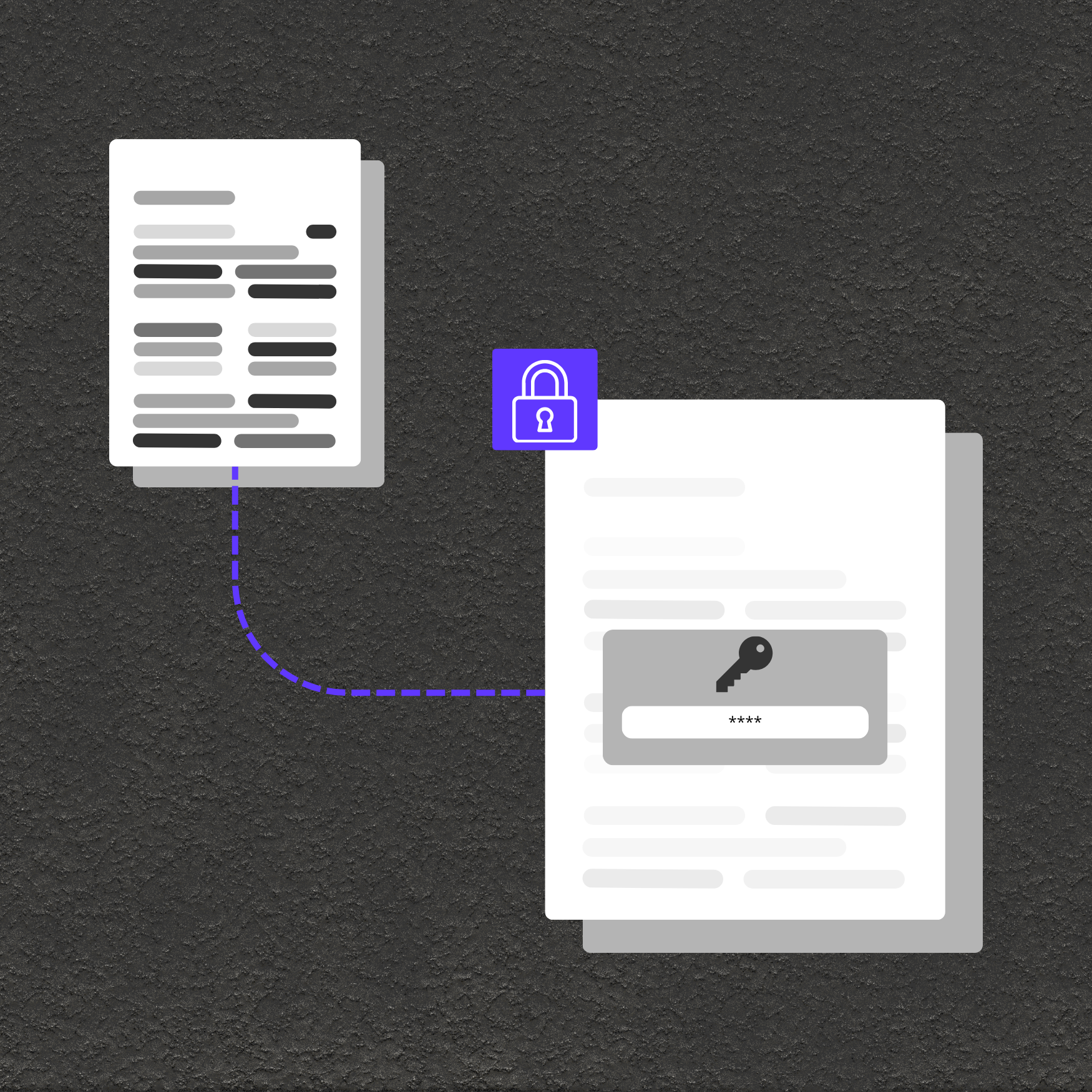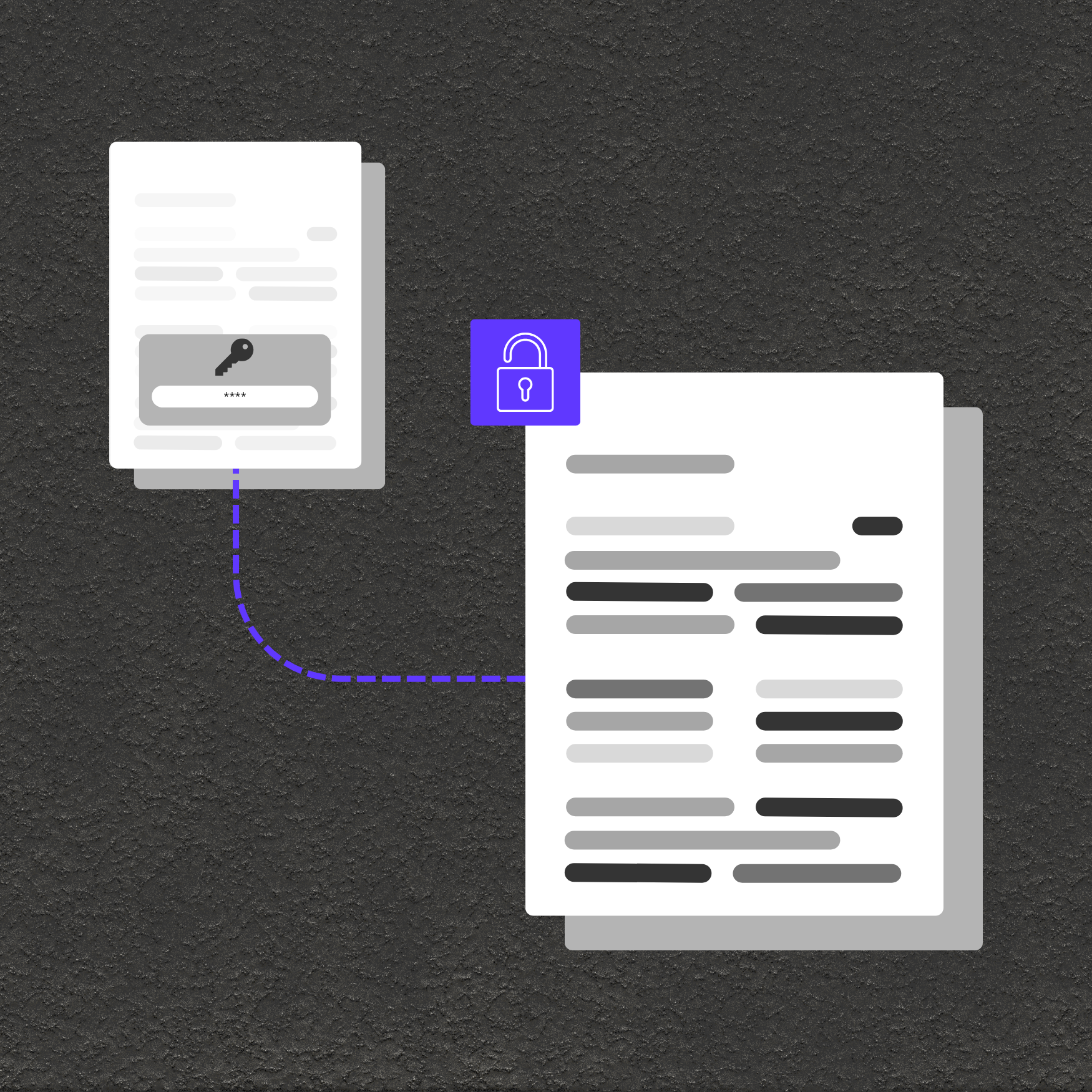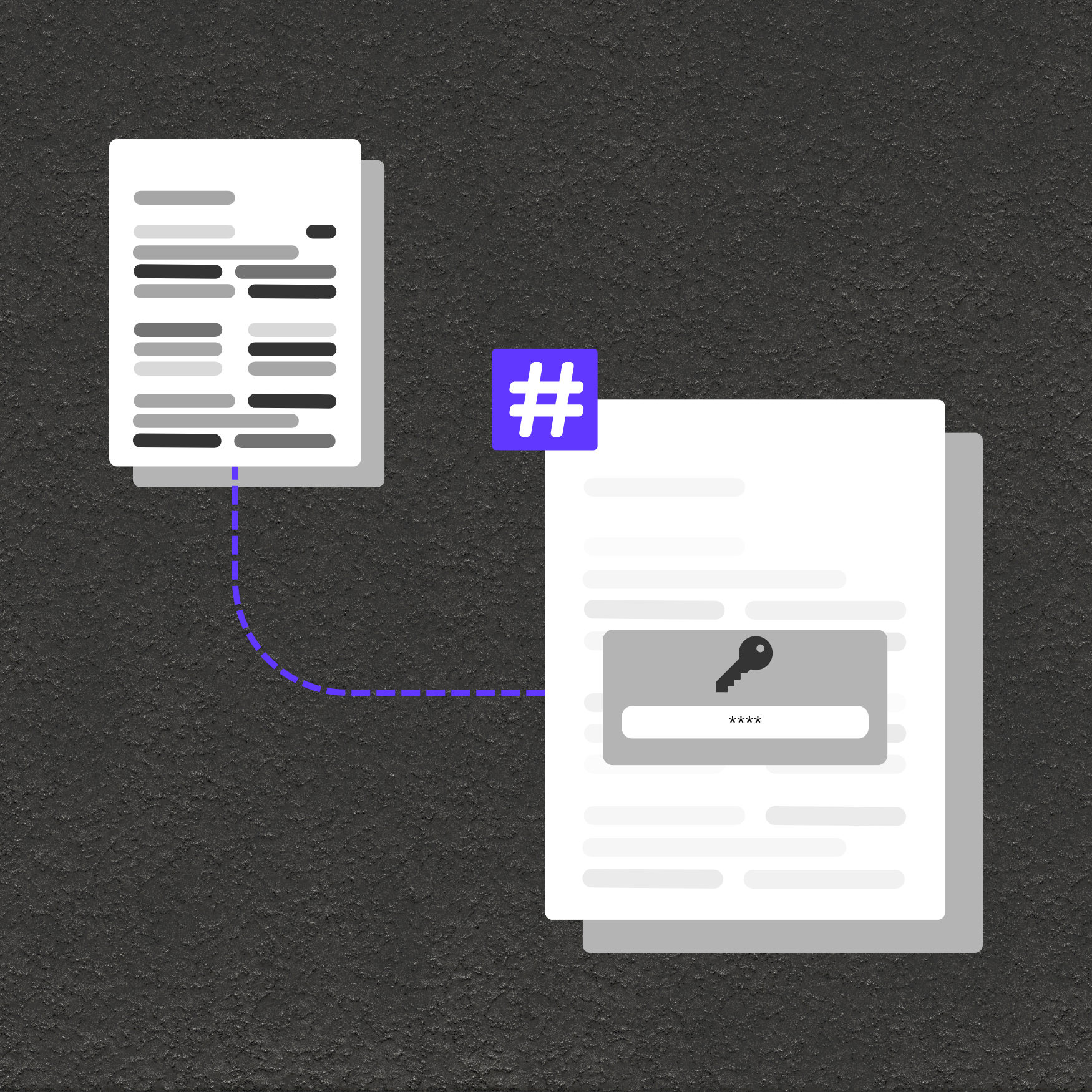Crypto Endpoints


There are a lot of different endpoints: endpoints related to PDFs, endpoints that use artificial intelligence, endpoints that generate names or images or numbers – basically, there is an endpoint for every need. But did you know that there are also endpoints from and for the crypto universe? Let’s have a look!
0CodeKit offers 3 different kinds of crypto endpoints:
The encrypt endpoint allows you to encrypt sensitive information, such as passwords, personal data, or confidential messages. By encrypting the information, you enhance security because even if the data is compromised, it remains unreadable without the decryption key.

With the decrypt API, you can decrypt previously encrypted information. This enables authorized access.

There are two variations for this endpoint. It can generate and verify hash values, while the Hash 2HMAC (Hash-based Message Authentication Code) adds a layer of security by using a secret key.

The data security provided by integrating the three previously presented endpoints can be very valuable for various scenarios in the crypto mining process. Let’s say, for example, you are running a cryptocurrency mining pool or managing mining operations. Chances are high that at some point, you will have data that needs to be transmitted securely between mining nodes, servers, or miners. By using cryptographic hashing with the Hash endpoint, you can have the data before transmitting it and then verify its integrity on the receiving end.
In the same way, you can secure configuration data sent to mining pools, as crypto wallet addresses or miner credentials, by encrypting the information and blocking unauthorized access with the Encrypt endpoint. This is especially useful for privacy-focused cryptocurrencies that want to protect the privacy of their transactions. The endpoint security solutions also come in handy when you want to verify a miner’s identity or their equipment before giving them access to your mining pool to participate.
When it comes to cryptocurrency trading, you might want to hash incoming transactions to make sure they haven’t been altered with the "Hash message" endpoint. If you want to secure data within the blockchain itself, you can do this by applying cryptographic hashing and therefore maintaining the integrity of the blockchain.
If you start integrating the crypto endpoints into your work processes, you don’t have to worry about data security. By applying encryption at one end and decryption at the other, you protect important information against data breaches and enhance secure communication. Verify data integrity easily and meet compliance standards, store passwords securely, and level up your data protection game. Thanks to automating these tasks with the help of endpoints, you can handle large amounts of data, operations, and transactions efficiently and with consistency.